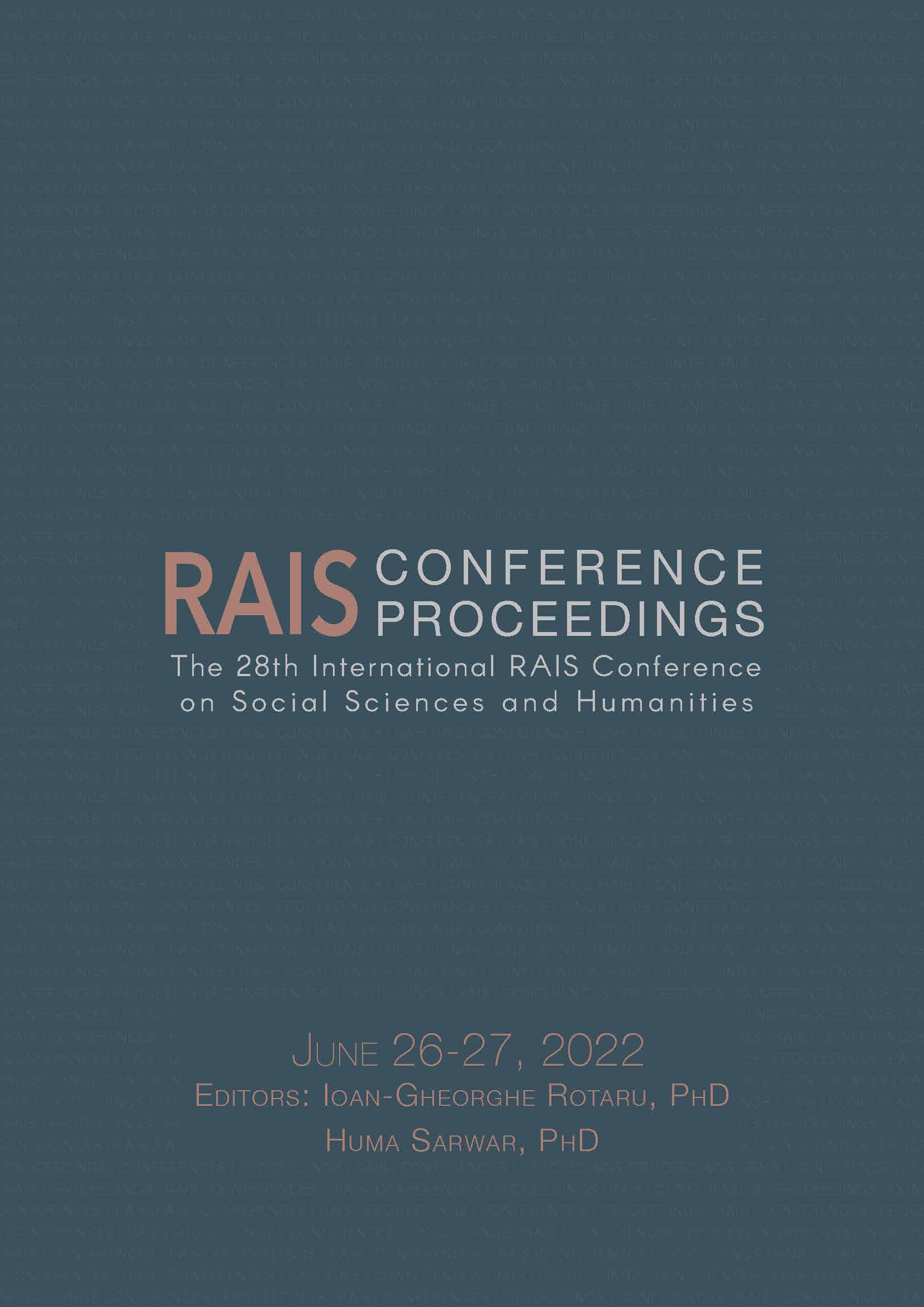E-government in Public Services
E-government in Public Services
Author(s): Denisa Maria Vîlceanu
Subject(s): ICT Information and Communications Technologies, Administrative Law
Published by: Scientia Moralitas Research Institute
Keywords: electronic administration; internet; public services
Summary/Abstract: The main objective of e-government is to reduce bureaucracy, provide a framework for debate and decision on the main initiatives, measures and projects on debureaucratization and ensure coherence in the implementation of the e-government policy proposal. Among the objectives of e-government we mention: increasing the cost efficiency and cost-effectiveness of the public services, provided ensuring access to official information through WEB pages, optimizing the use of material and human resources, as well as the time required to provide services providing public services through electronic means for citizens and the business environment, improving relations between the public sector and citizens, simplification of administrative procedures improving public services, development of state information infrastructure. There are many supports for electronic administration. We often think first of the Internet (web services on a computer or mobile phone), but an eGovernment project can rely on any form of telematics, such as near field communication (NFC), Bluetooth and/or radio-frequency identification (RFID) technology, as well as electronic voting procedures, or even video surveillance, which can converge with data processing, database building and biometric facial recognition methods. The term "e-government" emerged around the 1990s with the advent of the Internet. (Castells 2000, 372). In 1998, the launch in France of the government's action programme for the information society is characteristic of the launch of a national drive to develop e-government.
Book: Proceedings of the 28th International RAIS Conference on Social Sciences and Humanities
- Page Range: 72-77
- Page Count: 6
- Publication Year: 2022
- Language: English
- Content File-PDF

